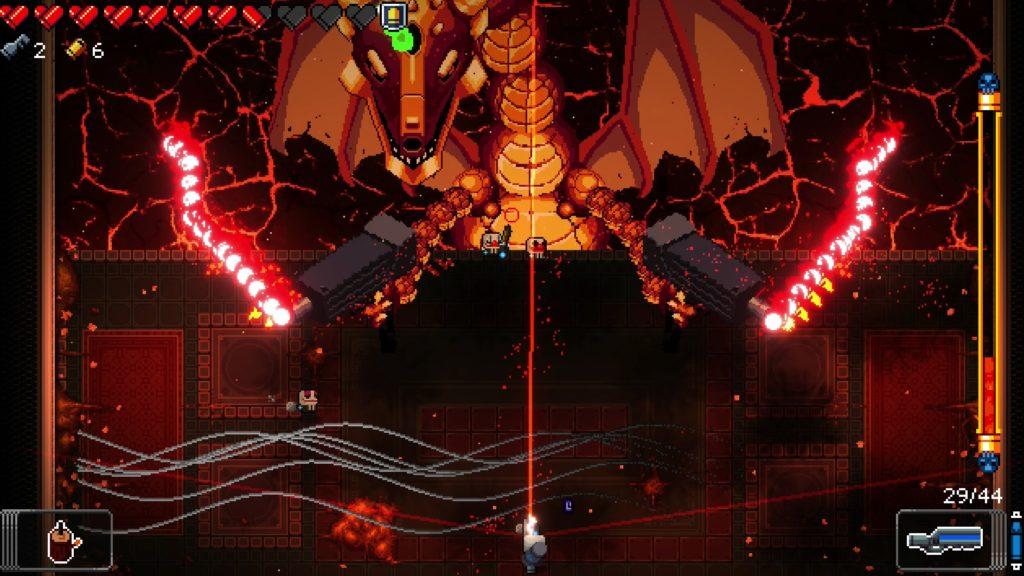Monument Valley, created by Ustwo Games, is a puzzle game available on iOS, Android, Windows Phone, Nintendo Switch, and PC (via Steam’s Panoramic Edition). The developers intentionally did not define a specific target audience, instead designing the game to be accessible to everyone, including non-gamers, with a particular appeal to those interested in perspective, geometry, and optical illusions. Monument Valley is a puzzle game that combines creative design with simple gameplay to create a unique experience. As I guided the main character, Ida, through strange and dreamy environments, I saw that the game wasn’t just about solving puzzles. The game demonstrates what Bob Bates calls “natural to the environment” puzzles, where challenges emerge organically from the world rather than feeling artificially inserted. This seamless integration is evident in how Monument Valley’s perspective-shifting mechanics both drive gameplay and support the game’s themes of forgiveness and discovery.
The core mechanic of manipulating impossible architecture represents what puzzle design experts call “unusual use of an object” puzzles. Monument Valley takes ordinary architectural elements like stairs, platforms, and bridges and transforms them through optical illusions, requiring players to think beyond conventional logic. This approach challenges players to shift their perspective, both literally within the game mechanics and metaphorically in how they approach problems.
From the start, the game introduces a key idea: changing how you look at things changes how you play. You rotate parts of the level to create new paths, even if they wouldn’t make sense in real life. The puzzles are based on optical illusions, like staircases that loop and paths that only line up from certain angles. This approach challenges you to think differently and pay attention to what you see, not just what you expect.
Monument Valley also uses color and sound to help guide players. The game features soft, pastel colors that give it a peaceful, magical vibe. Sometimes the colors shift to darker tones during more emotional parts of the story. When you interact with objects in the level, you hear music or sound effects that help you understand how those pieces work. The sounds connect with the actions you take, making it easier to learn the game’s rules without needing written instructions.


The controls are easy to understand. You tap where you want Ida to walk, and you move or rotate parts of the level. You can’t speed up Ida’s pace or walk freely anywhere. Instead, you follow the paths that appear as you interact with the environment. These limitations help focus your attention on solving the puzzles and paying close attention to how the level changes. Discovering how things move becomes part of the fun.
As the game goes on, new elements are introduced. One example is the Crow People, who walk along set paths and block your way. You have to time your moves and change the environment to avoid them. Other levels include water puzzles where you adjust the height of the ground to help Ida cross. Each new idea fits smoothly into the game and builds on what you already know, keeping the experience fresh without feeling too difficult.
The story in Monument Valley isn’t told through long explanations or dialogue. Instead, you learn through the environment and your actions. The puzzles and the story are closely connected, and the mood of each level helps tell the story. There aren’t clear breaks between the start and end of each level, which makes the whole journey feel more continuous and focused on exploring rather than just finishing.
Thanks to its clear visuals and relaxing sound design, the game is accessible to players of all skill levels. Even though some puzzles can be challenging, the game stays calm and supportive. It encourages players to experiment and figure things out on their own. The learning happens naturally through play, which makes the experience feel rewarding.
What makes Monument Valley memorable is how well all of its parts work together. The visuals, the music, the story, and the puzzles all support each other. The game doesn’t rush you or overwhelm you. Instead, it invites you to take your time and enjoy the process. The idea that changing your perspective can reveal new paths is a message that connects with both the gameplay and the story.
In terms of ethics, Monument Valley raises interesting ethical considerations regarding the assumptions built into its puzzle design. The game primarily relies on universal visual-spatial reasoning rather than culturally specific knowledge, making it accessible across diverse backgrounds. Its puzzles are based on optical illusions and perspective shifts that tap into fundamental human visual perception rather than requiring specialized education or cultural context. However, the game does assume players have experience with touchscreen interfaces and understand basic gaming conventions like tapping to move a character. This creates a potential barrier for older adults or individuals from regions where smartphones and tablets are less common. Additionally, Monument Valley’s minimalist approach to instruction assumes players will experiment and learn through trial and error-a learning style that may disadvantage those who prefer explicit guidance or have cognitive processing differences.



